Conference / Mobility / Network planning / Safe Routes to School / Safety
Strategizing Safe Integrated Mobility Networks for All Ages
Last month, Moniek Jansen, Anna Luten, & Matt Pinder spoke at various conferences worldwide discussing safe routes to school. In Greece, Moniek discussed the Dutch approach to youth travel and why Dutch children are some of the happiest in the world at the CIVINET forum, a conference dedicated to sustainable mobility and innovation. Across the globe in Canada at the Canadian Association of Road Safety Professionals (CARSP) Conference, Anna Luten and Matt Pinder discussed their personal experiences with their children and ways to enable kids to move independently and safely throughout their communities.
As a kid, how did you get to school? Depending on where you are from, this answer could be drastically different. The infamous “trip to school” is a trip that may not be a favorite but is one of the most popular trips taken worldwide and traveled almost every day via foot, public transit, cycling, or car.
In the Netherlands, once they reach double digits almost all Dutch children take themselves to school independently via walking, bike, or public transit. If you come from a place with poor mobility infrastructure, this might seem like an unimaginable fantasy, but for the Dutch, this is their reality. This wasn’t always the case though, and with advocacy such as the “Stop the Kindermoord” Protests of 1972, The Netherlands took steps to ensure the safety of their children.
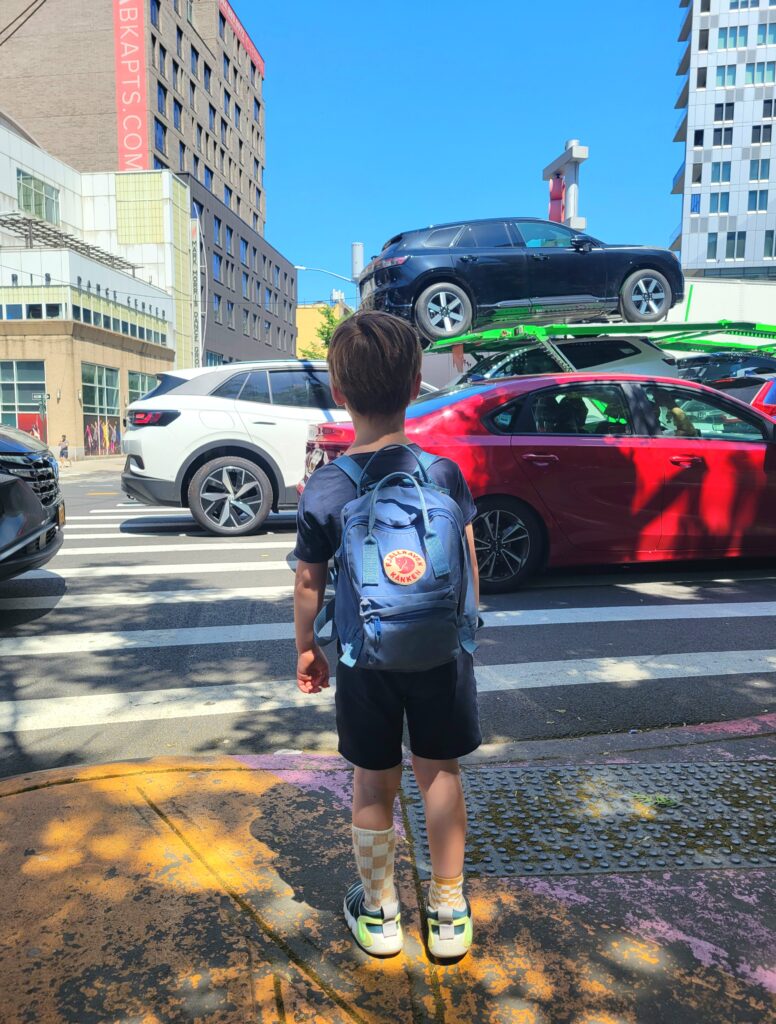
Building independent movement for all ages into networks allows Dutch children to be some of the happiest in the world, to perform better in their educational settings, and to practice assessing and taking risks. Based on needs and lack of consideration in the design process, children can be considered a marginalized group.
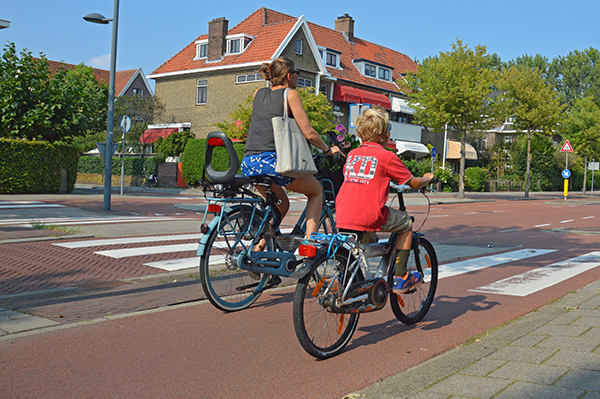
Moniek Jansen, Matt Pinder, and Anna Luten have been advocating to minimize danger from traffic to allow children to travel freely and independently to school, shops, sport clubs, friend’s houses, and everywhere in between. Below, they reflect on the conferences they both attended and moderated.
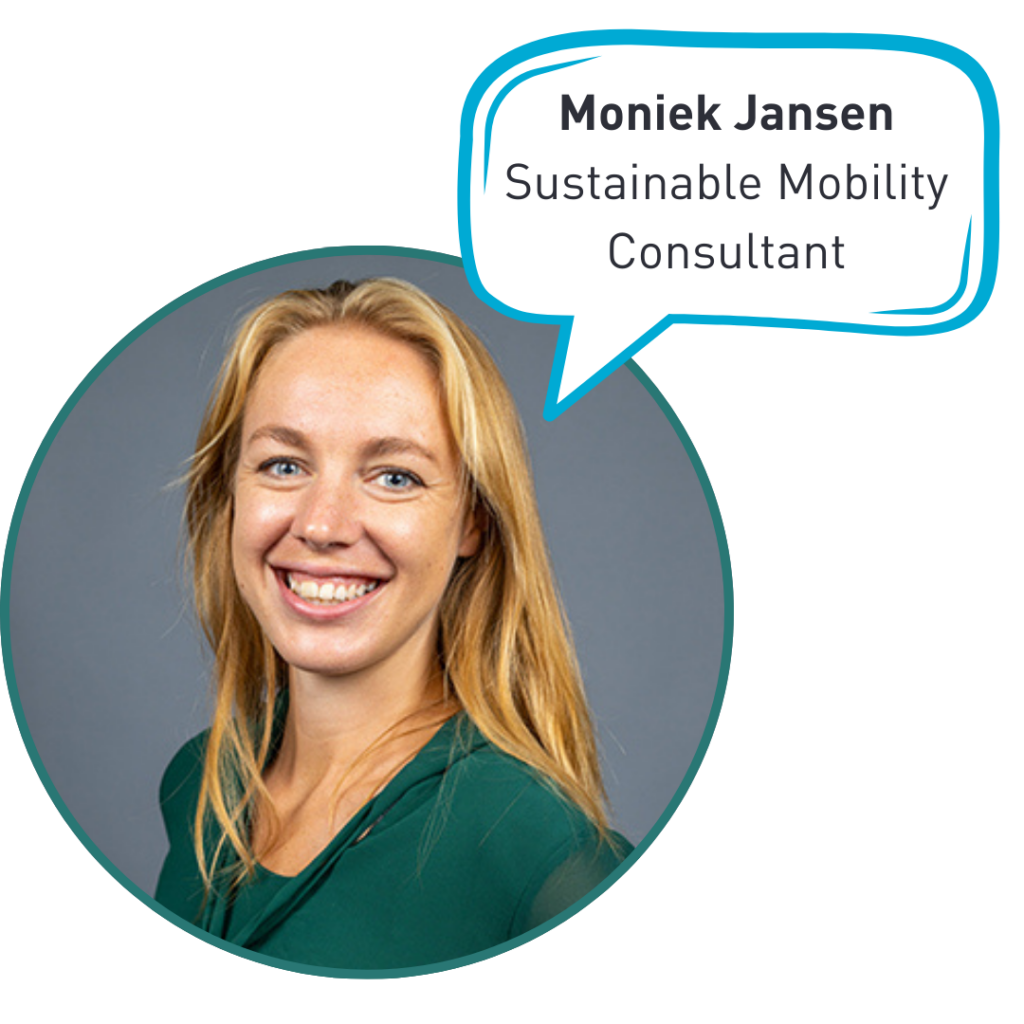
Moniek Jansen attended the CIVINET forum at the end of May, where she moderated a workshop highlighting the following messages:
- In planning, we should also think from the perspective of the child. Children are shorter and see safety differently, so we need to plan with their needs in mind to keep them safe. We should therefore include children and parents (who usually have the biggest influence on children’s school-travel behavior) in the planning process.
- We need to remember that cycling and walking to school are still viable options. After seeing successful examples of school streets across Europe, participants were amazed at how transforming a street by closing it to cars changed its entire feel. This highlights the importance of promoting active modes of transport to school as a regular and accepted practice. Since children are the future, the habits we encourage now will likely influence their behaviors throughout their lives.
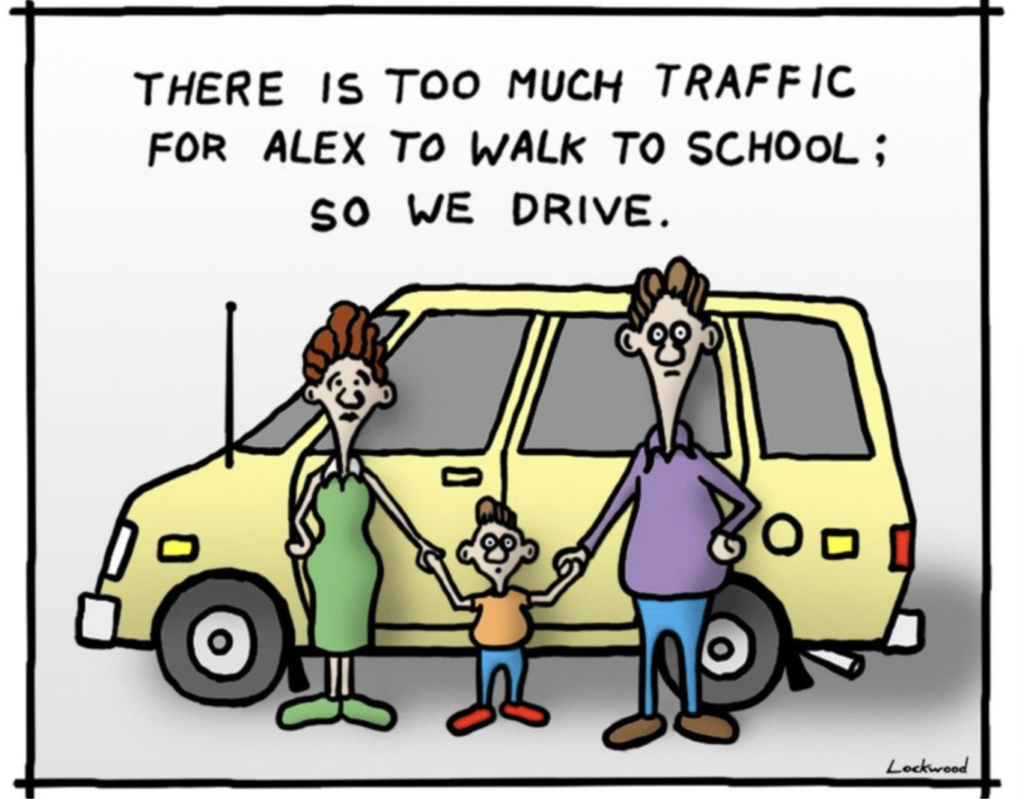
Politicians need to be courageous and make changes that benefit the majority, including children and people with disabilities. At the conference, it was highlighted that many people in wheelchairs in Athens struggle due to unsafe or insufficient pedestrian lanes. This shows that a significant portion of the population cannot navigate public spaces comfortably. Politicians should include the society in planning decisions and prioritize transforming parking spaces into accessible areas for everyone, rather than focusing solely on individual drivers.
Moniek Jansen

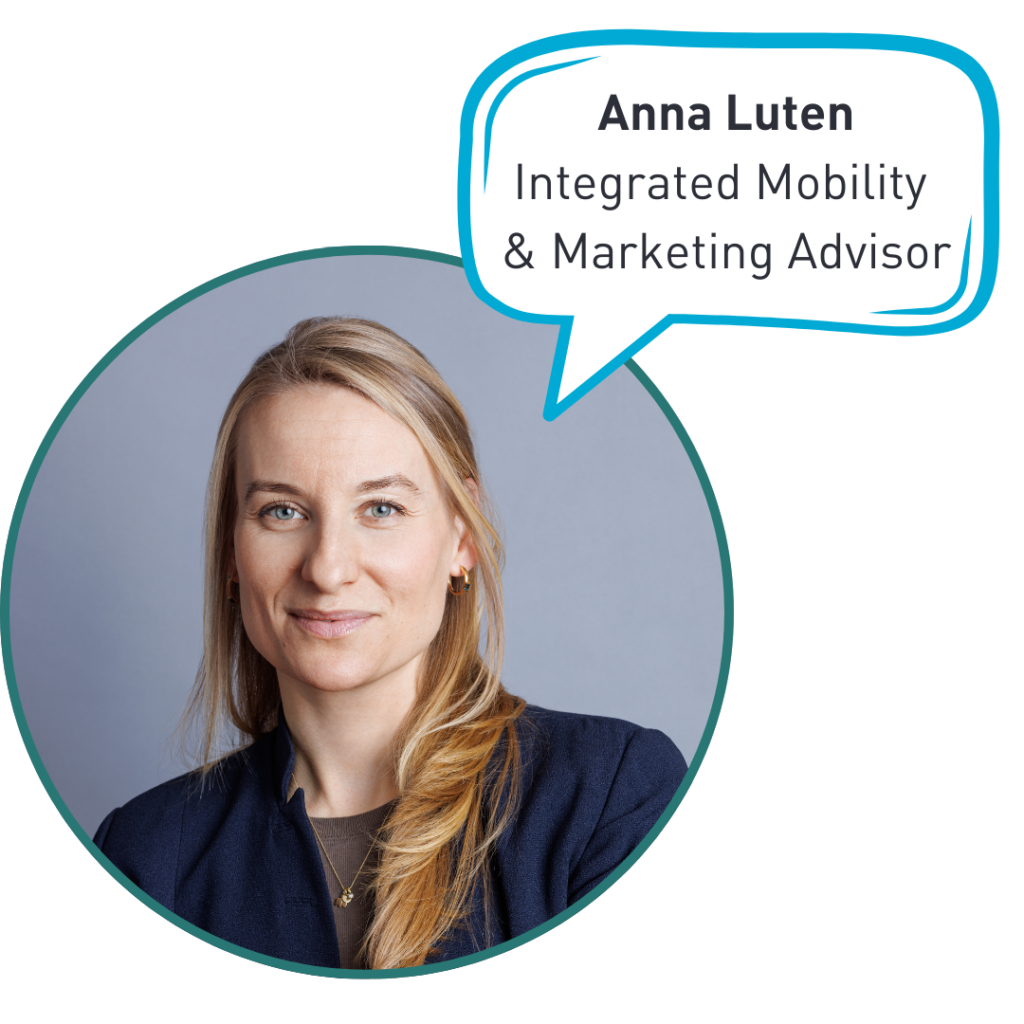

Anna Luten and Matt Pinder attended the CARSP conference, where their co-presentation and workshop highlighted the following messages:
Anna:
- Remember to ask, “what about kids?”. Make kids a central part of every planning and design process.
- Think beyond the school. Kids have a wide range of travel desires and needs and the school is just the starting point.
- Focus on partnerships. There are a wide range of people involved in determining how active kids will be – working together will yield better outcomes.
Matt:
- Include Public Health Professionals. Public health professionals have a lot to say about improving and encouraging active transportation and should be included in transportation decision making.
- Unbuild the Unsafe. Just as much as we need to focus on building better streets, we need to also be unbuilding the elements that make streets less safe, like extra lanes.
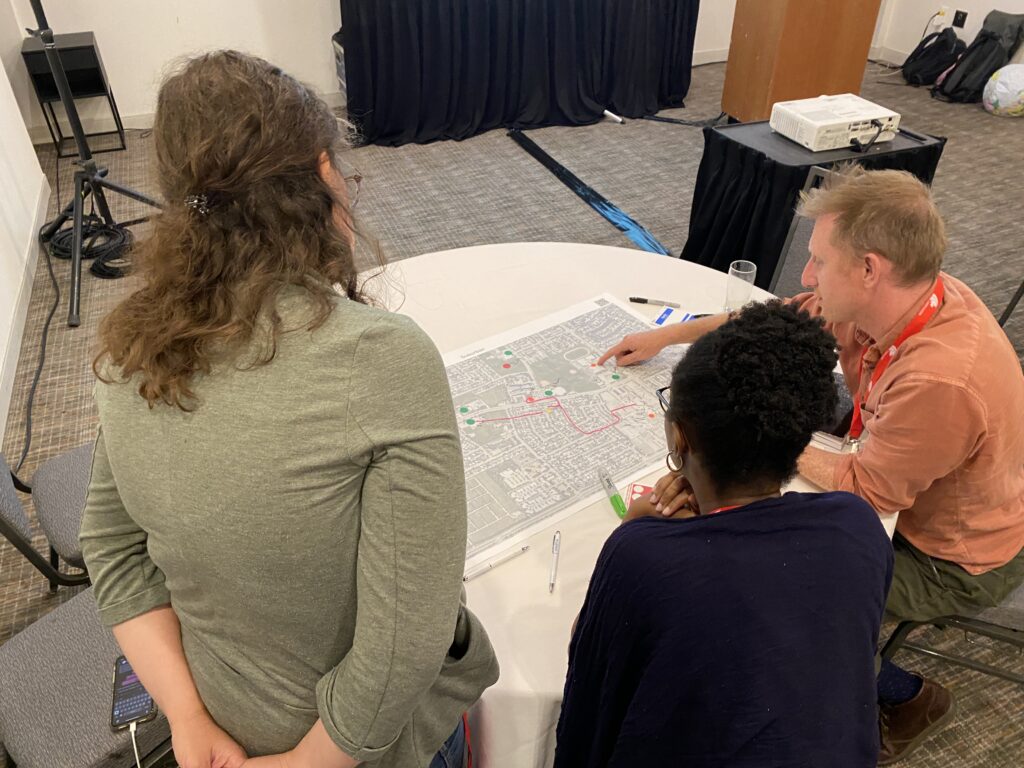
“After attending the conference, I saw the importance of including diverse voices in our discussions. Stakeholders need to understand children’s perspectives and where they spend their time, which is crucial for making realistic and impactful decisions. Additionally, understanding the local context is vital. Each neighborhood has unique challenges, and tailoring our approaches makes our efforts more effective. Starting with small initiatives allows us to test, learn, and adapt, ensuring continuous improvement and sustainable strategies.”
Anna Luten
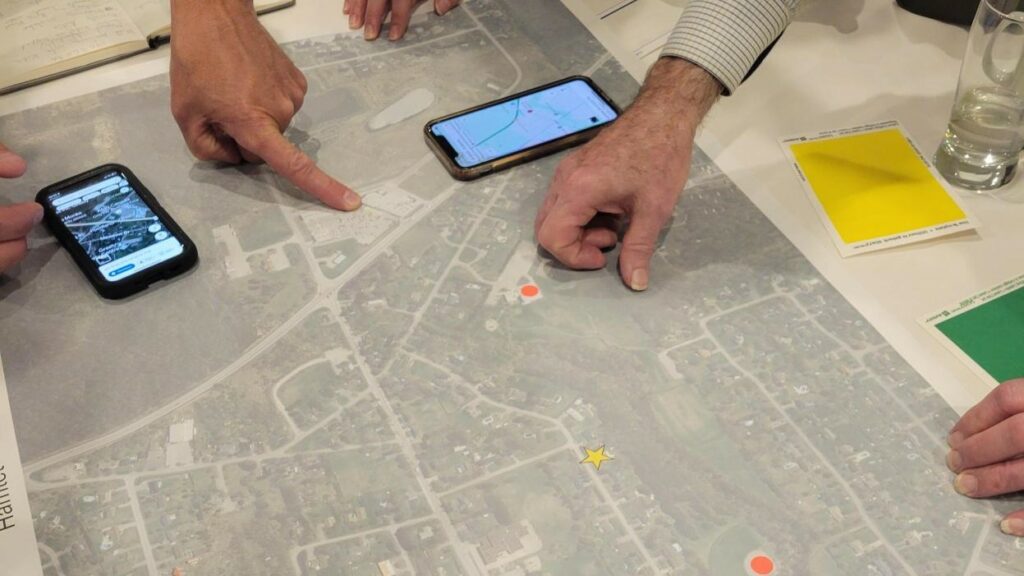
So, why is strategizing safer networks for young users so important?
Proactively creating safe, healthy habits for children can help solidify a safer, more active future for integrated mobility. However, not all landscapes currently have the infrastructure to support these independent trips. By strategizing and implementing safer road designs, people of all ages and abilities can be ensured a risk-free journey, creating a happier and healthier environment for everyone involved.
Together, we can develop initial steps for innovation. With services like Planning & Design Development and Mobycoach, we can guide you through this improvement process and share our knowledge through workshops, masterclasses, or webinars. Contact Moniek Jansen, Anna Luten, or Matt Pinder if you are interested in taking the next steps towards a safer mobility future!
Read more about Mobycon’s work with Safe Integrated Mobility !
2 Day ThinkBike Workshop – Lisbon, Portugal
Safe Way to School Project – Batumi, Georgia.
- Together with children, parents, teachers and the City Council we organized workshops to identify dangerous spots in the walking route to school, created a conceptual re-design, and implemented the re-design during a one-week-tactical urbanism pilot.
- Safe Way to School Playbook

